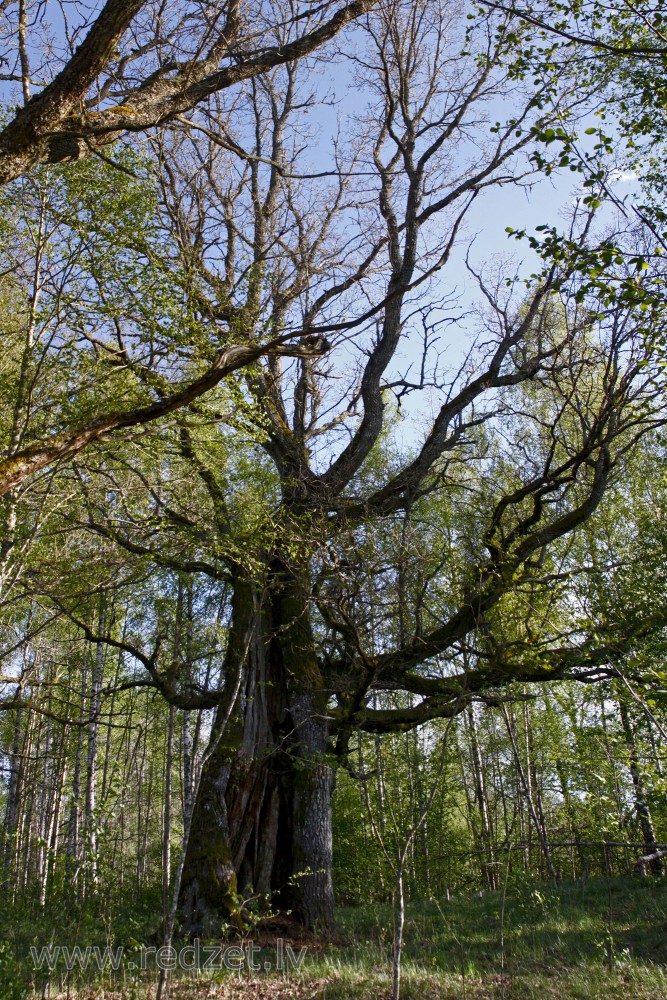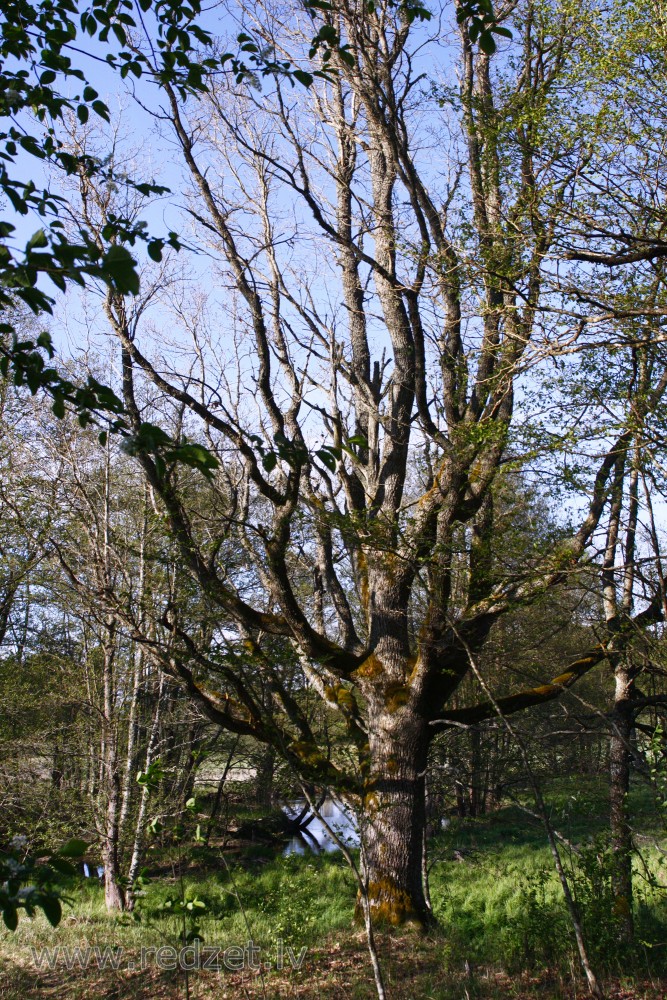Spring (season)
Spring is one of the four conventional temperate seasons, following winter and preceding summer. There are various technical definitions of spring, but local usage of the term varies according to local climate, cultures and customs. When it is spring in the Northern Hemisphere, it is autumn in the Southern Hemisphere and vice versa. At the spring (or vernal) equinox, days and nights are approximately twelve hours long, with day length increasing and night length decreasing as the season progresses.
Spring and "springtime" refer to the season, and also to ideas of rebirth, rejuvenation, renewal, resurrection and regrowth. Subtropical and tropical areas have climates better described in terms of other seasons, e.g. dry or wet, monsoonal or cyclonic. Cultures may have local names for seasons which have little equivalence to the terms originating in Europe.
Meteorological reckoning
Meteorologists generally define four seasons in many climatic areas: spring, summer, autumn (fall) and winter. These are demarcated by the values of their average temperatures on a monthly basis, with each season lasting three months. The three warmest months are by definition summer, the three coldest months are winter and the intervening gaps are spring and autumn. Spring, when defined in this manner, can start on different dates in different regions.
Thus, in the US and UK, spring months are March, April and May, while in New Zealand and Australia, spring conventionally begins on September 1 and ends November 30.
Swedish meteorologists define the beginning of spring as the first occasion on which the average daytime temperature exceeds zero degrees Celsius for seven consecutive days, thus the date varies with latitude and elevation.
Astronomical and solar reckoning
In some cultures in the Northern Hemisphere (e.g. Germany), the astronomical vernal equinox (varying between 19 and 21 March) is taken to mark the first day of spring, and the summer solstice (around 21 June) is taken as the first day of summer. In Persian culture the first day of spring is the first day of the first month (called Farvardin) which begins on 20 or 21 March. In other traditions, the equinox is taken as mid-spring.
In the traditional Chinese calendar, the "spring" season (春) consists of the days between Lichun(February 3rd-5th), taking Chunfen (March 20th-22nd) as its midpoint, then ending at Lixia (May 5th-7th). Similarly, according to the Celtic tradition, which is based solely on daylight and the strength of the noon sun, spring begins in early February (near Imbolc or Candlemas) and continues until early May (Beltane).
Ecological reckoning
The beginning of spring is not always determined by fixed calendar dates. The phenological or ecological definition of spring relates to biological indicators, such as the blossoming of a range of plant species, the activities of animals, and the special smell of soil that has reached the temperature for micro flora to flourish. These indicators, along with the beginning of spring, vary according to the local climate and according to the specific weather of a particular year. Most ecologists divide the year into six seasons that have no fixed dates. In addition to spring, ecological reckoning identifies an earlier separate prevernal (early or pre-spring) season between the hibernal (winter) and vernal (spring) seasons. This is a time when only the hardiest flowers like the crocus are in bloom, sometimes while there is still some snowcover on the ground.
en.wikipedia.org



